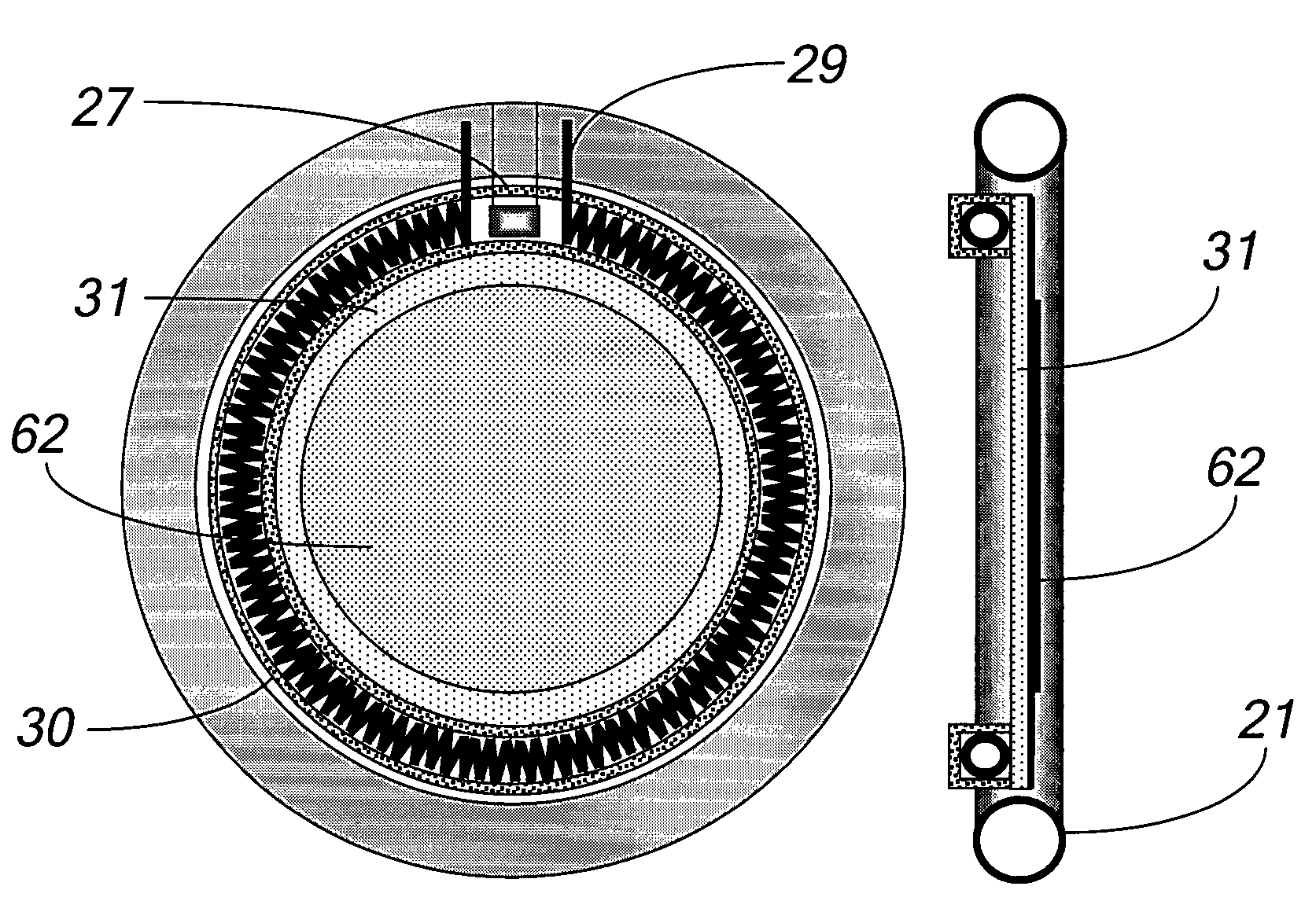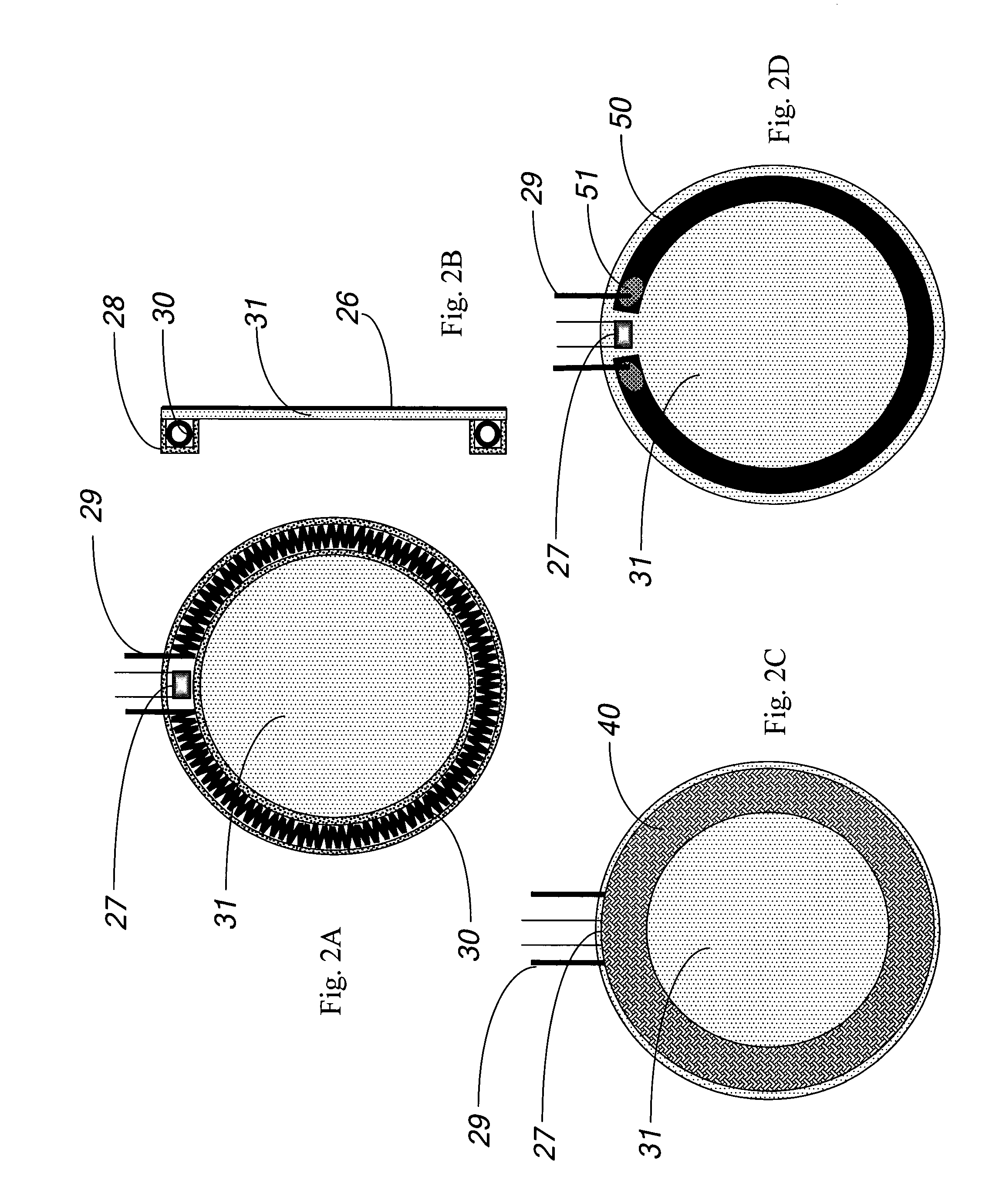Photoelectric ion source photocathode regeneration system
a photocathode and photoelectric ion technology, applied in the direction of instruments, particle separator tube details, separation processes, etc., can solve the problems of difficult removal, inconvenient or expensive surface rubbing by human operators, sampling orifice contamination with vapor-emitting particles, etc., and achieve the effect of raising the temperature of the photocathod
- Summary
- Abstract
- Description
- Claims
- Application Information
AI Technical Summary
Benefits of technology
Problems solved by technology
Method used
Image
Examples
Embodiment Construction
[0035]Referring to FIG. 1, an explosive detection system according to an embodiment of the system described herein uses an Ion Mobility Spectrometer (IMS) that senses negative ions. While any number of a variety of other embodiments may be used, the embodiment illustrated in FIG. 1 includes an ion source 1, a drift tube 2, a current collector 3, a source of negative operating voltage 4 and a source of purified drift gas 5, possibly having gas pump 6 associated therewith. An explosive detection system may also have a gas pump 10 for gas sampling and a tubular connection 11 between the ion source 1 and an external gas sampling inlet 20 that includes an orifice. Gas flow for drift gas 7 moves through the drift tube 2. A sampling gas flow 12 moves from the external gas sampling inlet 20 through the tubular connection 11 and ion source 1 to the gas pump 10. The ion source 1 may include of an optically transparent window 31 through which ultraviolet photons from a flash lamp 21 may pass t...
PUM
 Login to View More
Login to View More Abstract
Description
Claims
Application Information
 Login to View More
Login to View More - R&D
- Intellectual Property
- Life Sciences
- Materials
- Tech Scout
- Unparalleled Data Quality
- Higher Quality Content
- 60% Fewer Hallucinations
Browse by: Latest US Patents, China's latest patents, Technical Efficacy Thesaurus, Application Domain, Technology Topic, Popular Technical Reports.
© 2025 PatSnap. All rights reserved.Legal|Privacy policy|Modern Slavery Act Transparency Statement|Sitemap|About US| Contact US: help@patsnap.com



